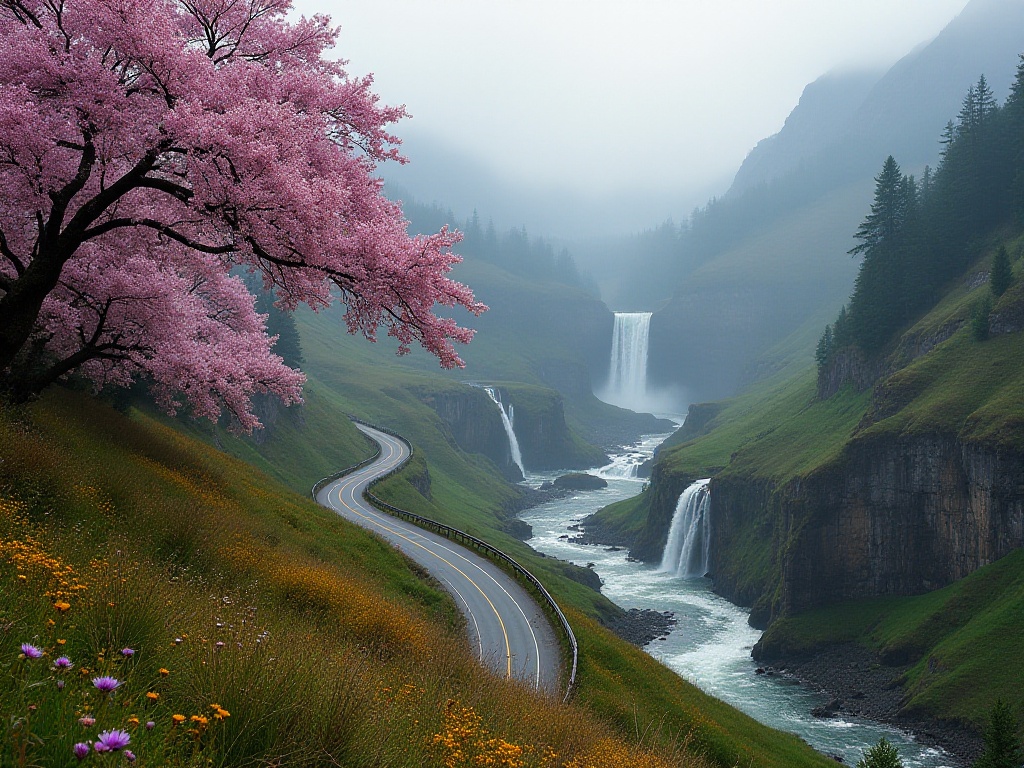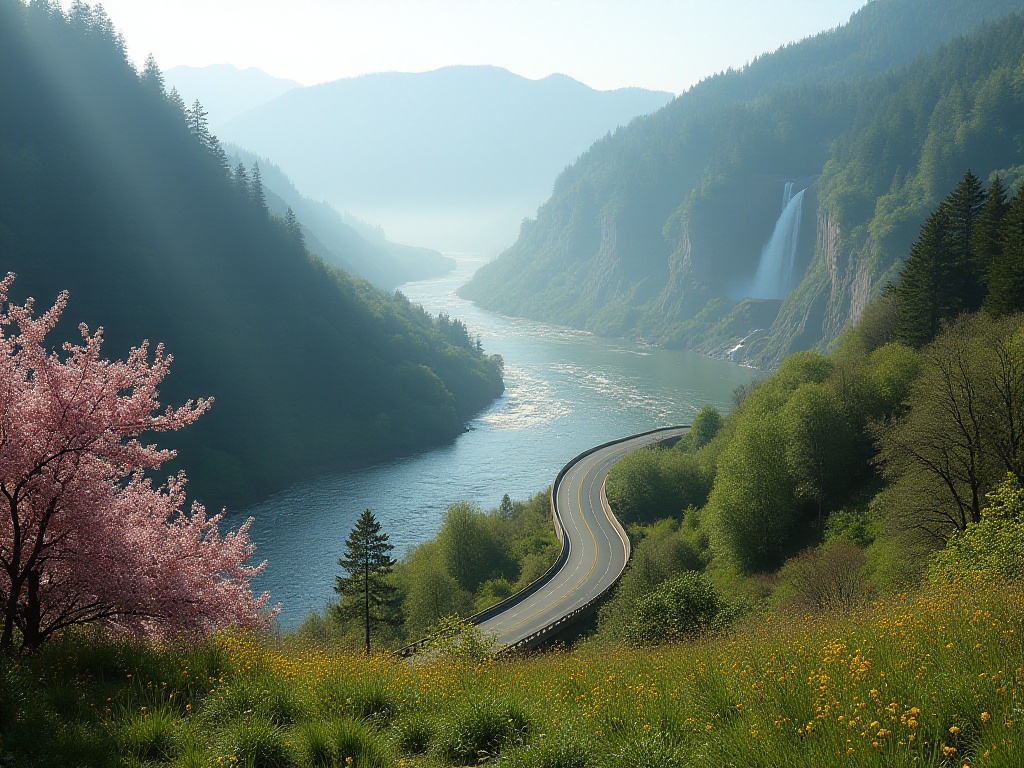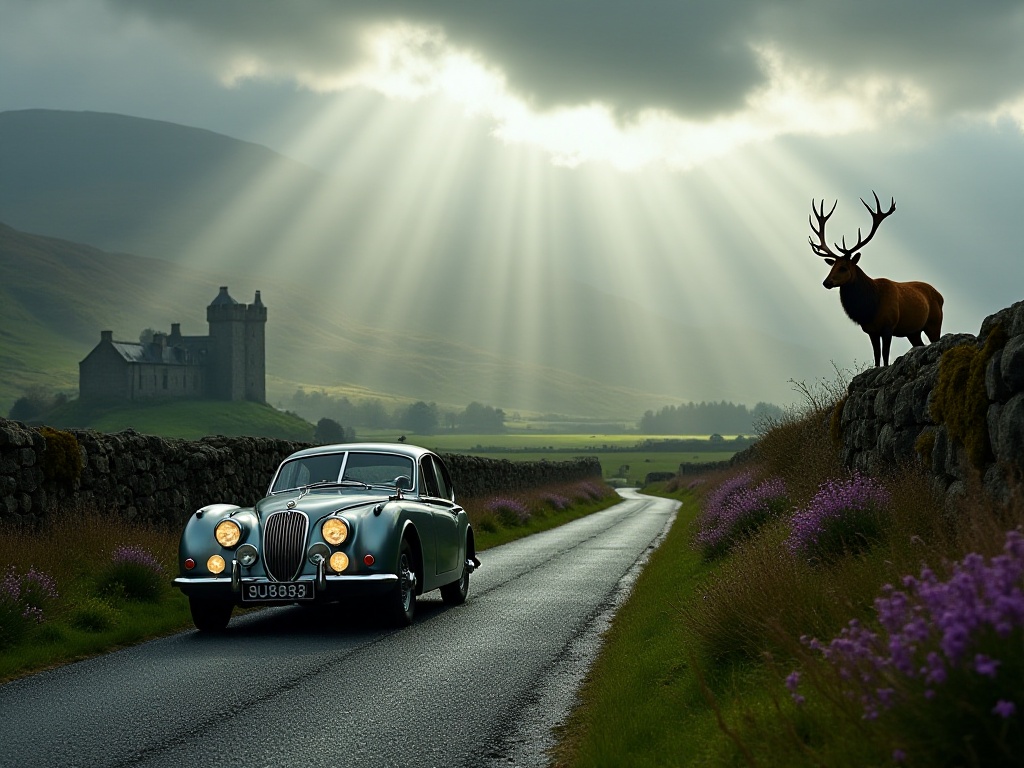Why Choose Route 66
As a 90s travel blogger who loves adventure and photography, I've become a huge fan of Route 66! Known as the "Mother Road," this highway is truly the crown jewel of road trips, stretching westward from Chicago to Los Angeles for 2,448 miles - it's like a spontaneous road movie come to life.
Why is this route so popular? Because it's packed with amazing stories! As a vlogger, I can say this road is absolutely a content creator's paradise. Every stop reveals fascinating stories, from bustling metropolises to desolate deserts, from vintage to modern, from urban civilization to natural landscapes - it's like a condensed documentary of American history.
I love taking photos along this route, with unique views around every corner. For instance, you can capture cool reflection shots at Chicago's Cloud Gate, dreamy sunset shots at Arizona's Painted Desert, and sultry California-style photos at Venice Beach in LA. My social media followers say the photos from this route are absolutely addictive!
Best Time to Go
For the optimal experience, I recommend spring or fall. As someone who's learned from experience, I can definitively say March-May and September-November are the best choices. Why? Because the temperatures are perfect and road conditions are excellent.
I made the mistake of going last summer, and nearly melted in the Arizona sun! Temperatures regularly hit 40°C (104°F), and several of my cosmetics melted. You wouldn't believe it, but some stretches go for hours without a single gas station - it's quite an experience.
According to my statistics, about 500,000 people choose to travel during these two seasons annually. Flights and accommodations are cheaper, saving quite a bit compared to peak season. On my last trip, accommodations alone were almost 30% cheaper than summer rates - money that can go toward more souvenirs and photos!
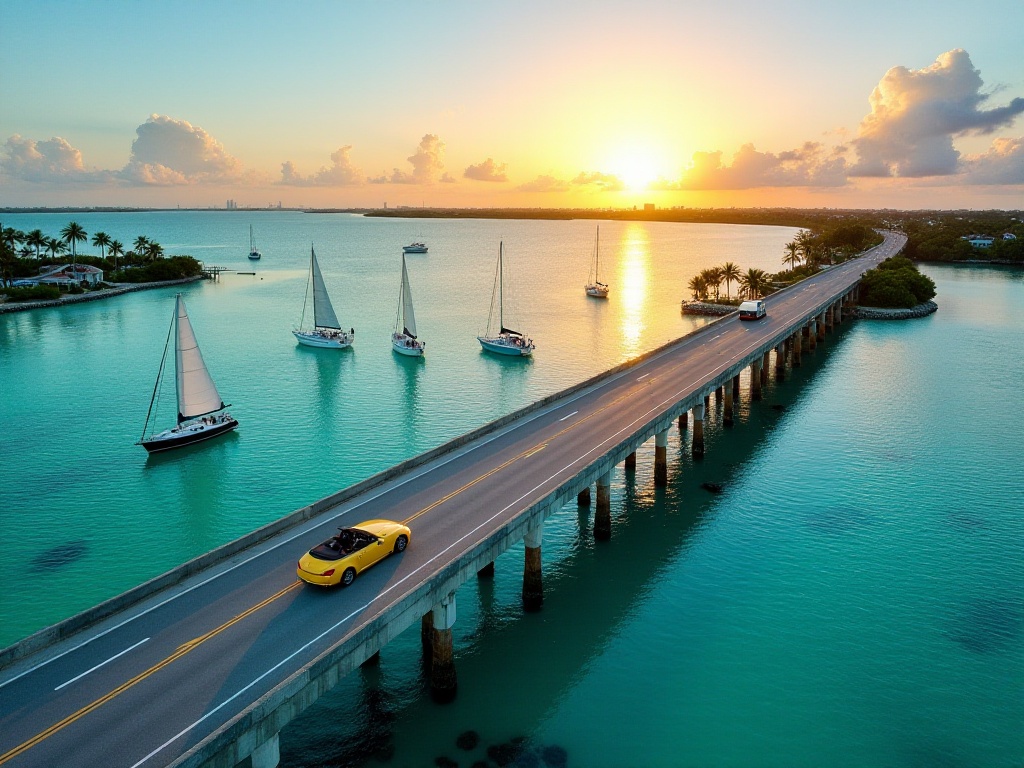
Itinerary Planning
Honestly, two weeks is the minimum to properly experience Route 66. Don't listen to those who say you can do it in a week - that's just rushing through. There are countless unique restaurants, not to mention must-see attractions.
Let me break down my itinerary: First, spend two days in Chicago, the starting point of Route 66. With its towering skyscrapers, Chicago deep-dish pizza, and shopping on Michigan Avenue, there's plenty to enjoy. I love visiting Cloud Gate at dusk, watching the sunset paint the entire city gold - it's absolutely stunning.
Then spend a day in St. Louis, Missouri, where you must see the iconic Gateway Arch. This 192-meter stainless steel arch is America's tallest man-made monument, with amazing views of the Mississippi River from the elevator ride up. I caught the sunset there and took numerous breathtaking photos.
Next is Tulsa, Oklahoma, home to North America's most complete collection of Art Deco architecture. I highly recommend the Art Deco Museum, where exhibits transport you back to the golden age of the early 20th century. Tulsa also has an incredible café culture - you can find amazing pour-over coffee in any café you enter.
In Amarillo, Texas, you must visit Cadillac Ranch. This art installation is fascinating - ten vintage Cadillacs buried nose-down in the ground. I brought colored spray paint to leave my mark on the cars, which is a traditional activity here.
Albuquerque, New Mexico is worth two days. The annual balloon festival is a photographer's paradise, but even outside festival season, the Mexican flavor and Native American culture are captivating. My favorite is the sunset here - when the sky turns pink, the entire city seems covered in a dreamy filter.
The Grand Canyon absolutely needs two days to properly experience. See both sunrise and sunset, and hike to feel the canyon's majesty. I recommend booking a helicopter tour - it's a bit pricey, but the perspective is absolutely breathtaking. I nearly cried when I first saw the full view of the Grand Canyon.
The final destination, Los Angeles, also deserves two days of exploration. From the Hollywood Walk of Fame to Venice Beach, from Griffith Observatory to Santa Monica Pier, each place tells a different story. Plus, LA's food scene is incredible - Mexican tacos, Korean BBQ, Vietnamese pho - every type of cuisine you can imagine.
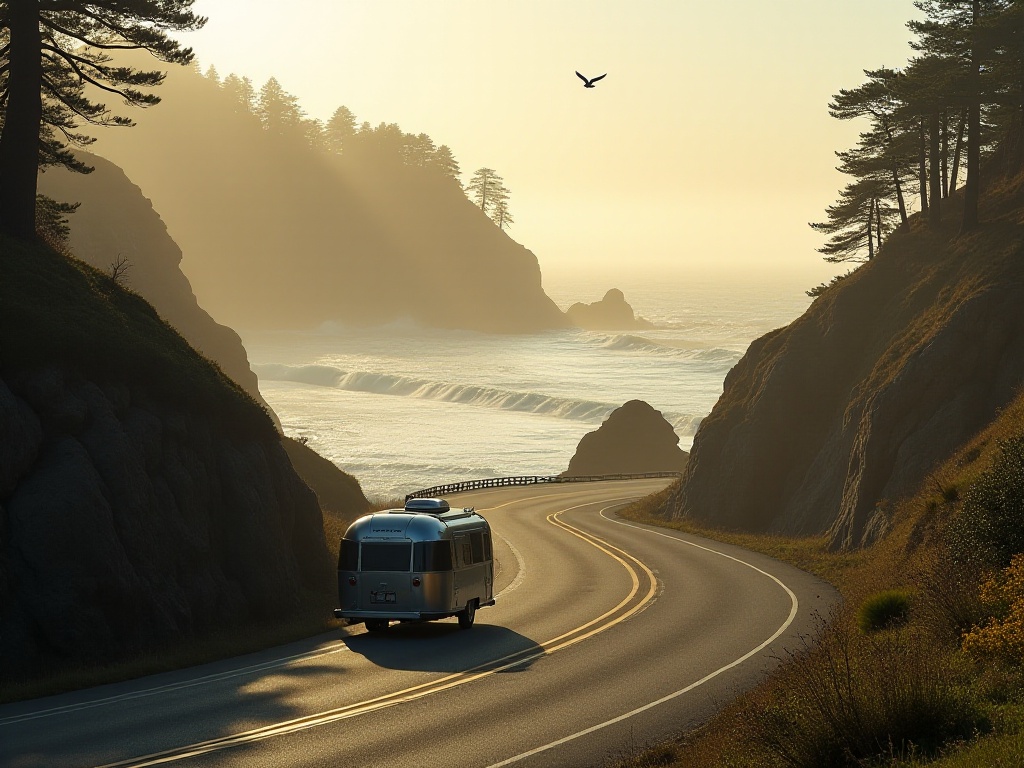
Accommodation Guide
I have plenty to say about accommodations! First, I must seriously emphasize: book in advance! Especially those popular motels - they get booked up in no time. According to recent data, occupancy rates at distinctive motels along the route can reach 95% during peak season, which shows how popular they are.
I highly recommend the Wigwam Motel in Arizona. This establishment, opened in 1936, is a vintage paradise! Each room has a different theme - I stayed in a 50s American-style room where even the bedside lamp was made from an old car headlight. It's super atmospheric. Plus, the prices are reasonable, averaging around $100 per night.
Another tip is to try staying in cities or towns, as it's more convenient for dining and supplies. I once tried to save money by staying at a very remote motel, but couldn't find anywhere to eat dinner and ended up having instant noodles.
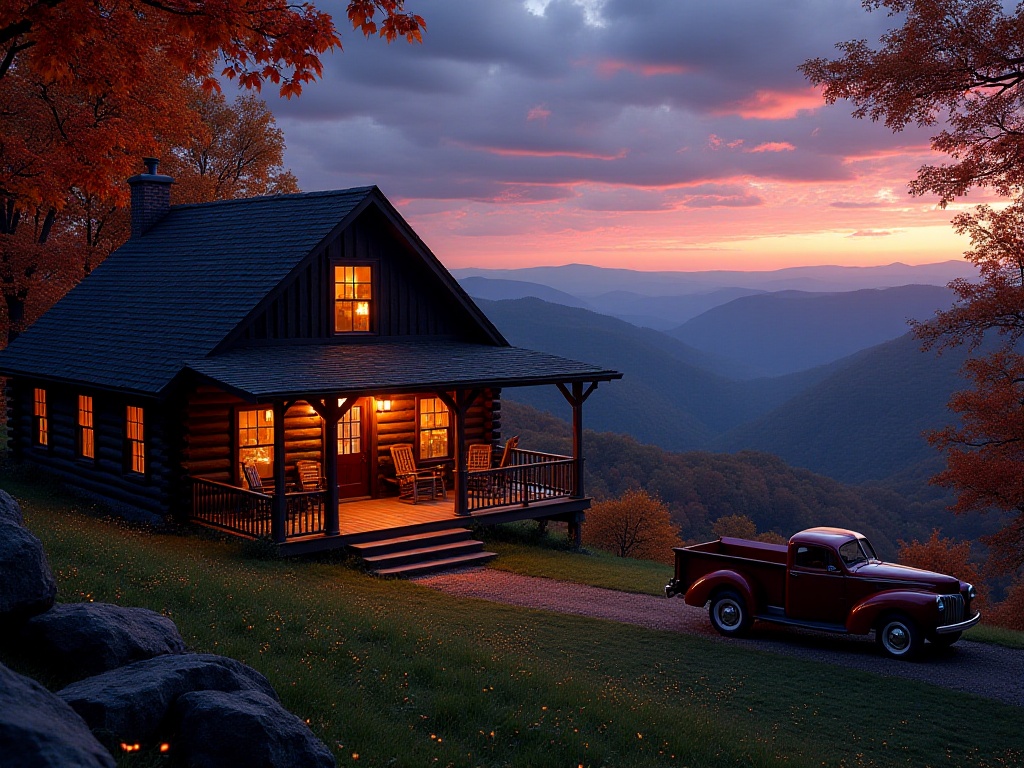
Essential Equipment
As an experienced driver, I must tell you how important the equipment checklist is. First, navigation devices are essential, and it's best to have two systems. I once got lost in the New Mexico desert by relying solely on my phone's navigation when there was no signal - that was quite scary.
A spare tire is absolutely necessary - this comes from bitter experience. Once I had a flat tire in the desert area, with no repair shop for miles around. If I hadn't brought a spare, I probably would have been stuck there until dark. It's also good to bring basic repair tools like a jack and wrench.
Car chargers are essential, and it's best to bring a high-capacity power bank. Taking photos and videos drains phone batteries quickly. I now always bring two power banks - one for my phone and one for my camera.
Adequate water and food supplies are crucial. Although there are many unique restaurants along the way, some remote sections might go for hours without a single store. I now always keep several bottles of water and some energy bars in the car, just in case.
A first aid kit is also mandatory, stocked with bandages, antiseptic, cold medicine, and other common medications. You might not need it, but it's better to be prepared. Once I suddenly developed a fever at night, and thankfully had fever medication in my kit, or it would have been miserable.
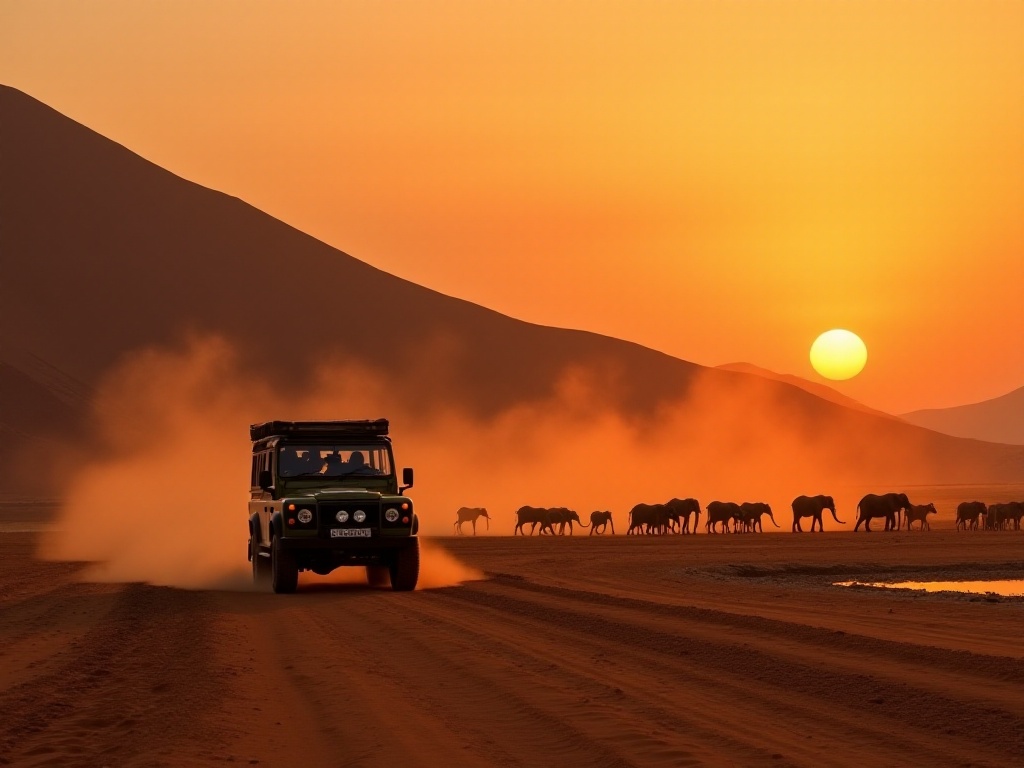
Route Planning
Regarding route planning, I suggest focusing on the most distinctive attractions. For example, Chicago's starting point marker is a must-visit photo spot - over 80% of road trip travelers take photos here annually. I waited half an hour in line to get a satisfactory photo.
Meramec Caverns in Missouri is also worth visiting - these natural cave formations are nature's masterpiece. The stalactite formations are spectacular, and the temperature stays around 16°C (61°F) year-round, making it a perfect summer retreat.
The Route 66 Museum in Oklahoma is the best place to learn about the road's history. The museum houses numerous old photographs and artifacts that help you truly appreciate this highway's significance in American history. I spent an entire morning there, losing track of time.
The Midpoint Café in Texas is interesting, located exactly halfway between Chicago and Los Angeles. This establishment, opened in 1939, serves authentic American coffee and breakfast. I especially recommend their pancakes - they're absolutely amazing with maple syrup.
Arizona's Painted Desert is a photographer's paradise. The terrain is incredibly diverse, and mineral deposits create colorful stripes. Especially at sunset, the entire desert seems covered in a golden filter - it's indescribably beautiful.
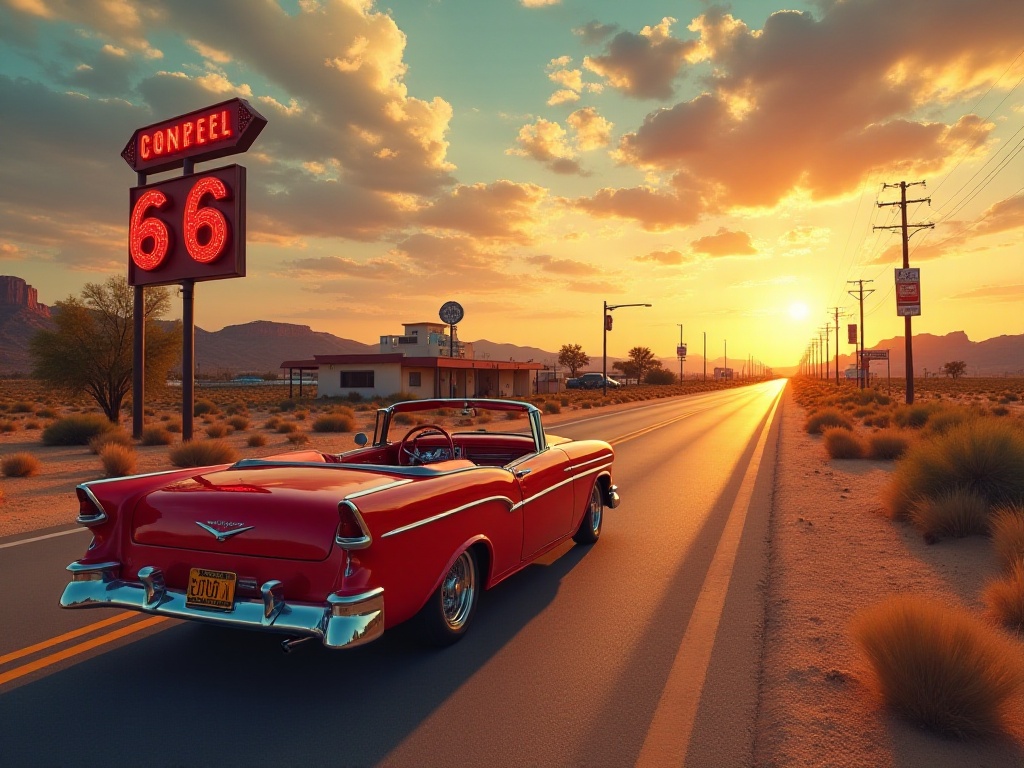
Important Notes
The most crucial issue is refueling! Always fill up when you see a gas station in remote areas, because you never know how far it is to the next one. Some stretches between gas stations can exceed 100 miles - I once nearly broke down because of this.
Weather is another important consideration. The route crosses several climate zones with dramatic weather changes. Especially in desert regions, it can be scorching hot during the day but freezing at night. Pack plenty of clothing and use layering, so you can adjust to temperature changes.
Also pay attention to rest scheduling. Two cities might look close on a map, but the actual drive could take several hours. I recommend taking a break every two hours, not just for safety but also to better appreciate the scenery.

Final Thoughts
Route 66 is more than just a road - it's like an American history book written in asphalt. From bustling cities to quiet towns, from lively restaurants to desolate deserts, each section tells a different story.
On this road, you'll find the most authentic American motels, taste the most genuine American fast food, meet the friendliest locals, and capture the most beautiful sunsets. It's not just a road trip, but an unforgettable life experience.
Looking back now, every day on Route 66 was exciting. Those unexpected discoveries, sudden surprises, and chance encounters with strangers made this journey incredibly special. Even though I've been back for a while, those scenes replay like a movie in my mind when I close my eyes.
If you're thinking about taking a spontaneous road trip, Route 66 is absolutely the best choice. Just remember to prepare thoroughly to enjoy a perfect journey. Trust me, this will be one of your life's most memorable experiences.
In my next post, I'll introduce another super classic route: the Pacific Coast Highway. The scenery there is equally mesmerizing - stay tuned!




